Tag Archives: heritage and history
Telephone Kiosk collection (7) – finale
Comments Off on Telephone Kiosk collection (7) – finale
Posted in Geography
Tagged heritage and history, UK
Telephone Kiosk collection (6) – various
Comments Off on Telephone Kiosk collection (6) – various
Posted in Geography
Tagged heritage and history, UK
Telephone Kiosk collection (5) – Police boxes
Comments Off on Telephone Kiosk collection (5) – Police boxes
Posted in Geography
Tagged heritage and history, UK
Telephone Kiosk collection (4) – the K series
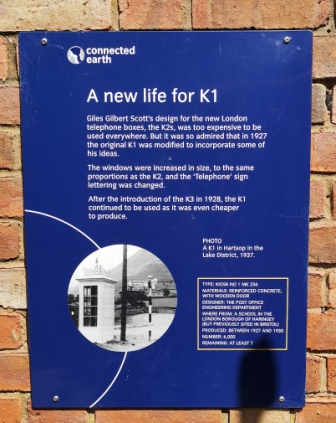
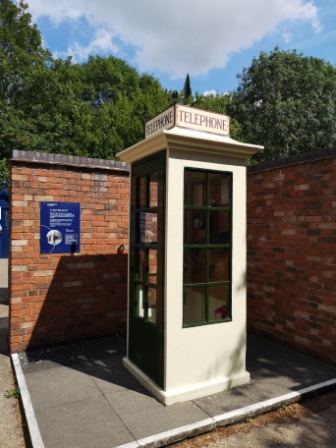
K1 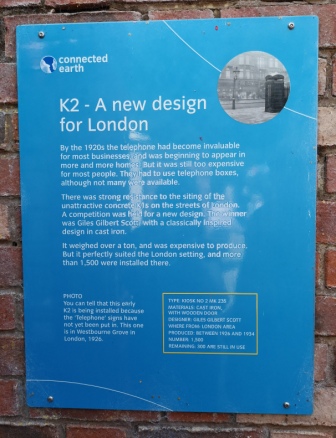
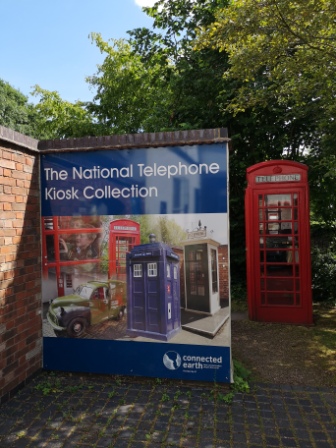
K2 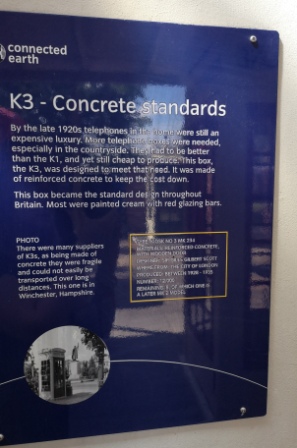
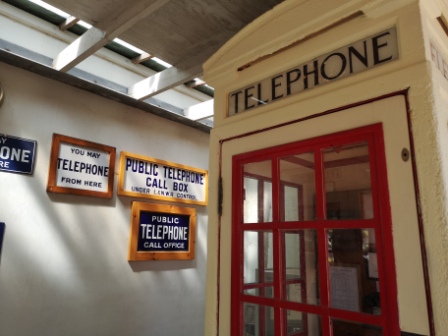
K3 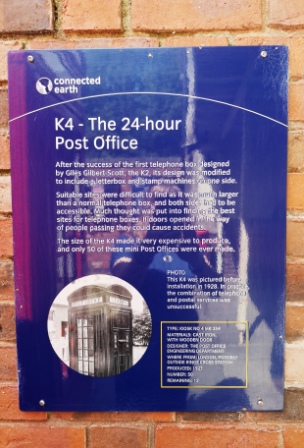

K4 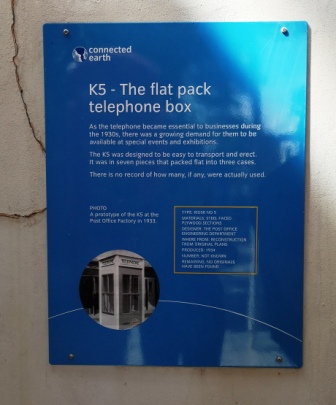
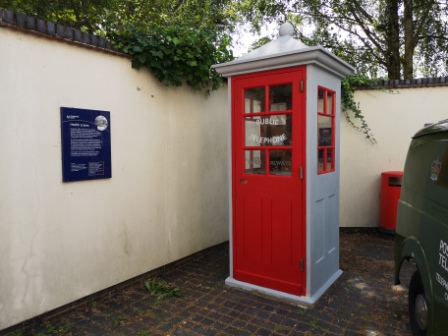
K5 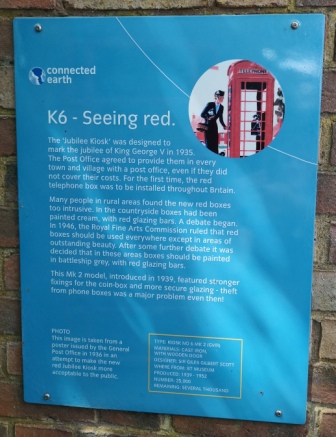
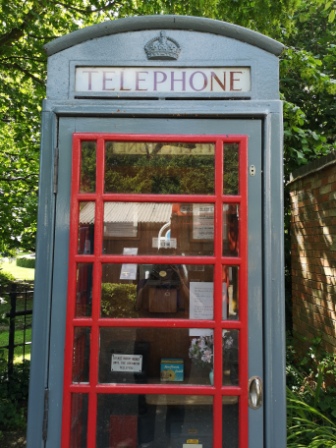
K6 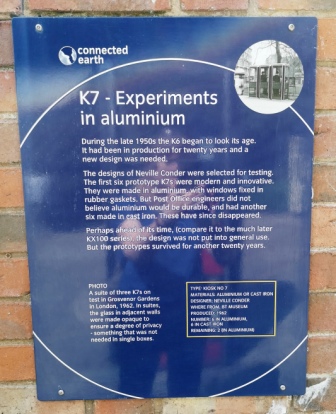
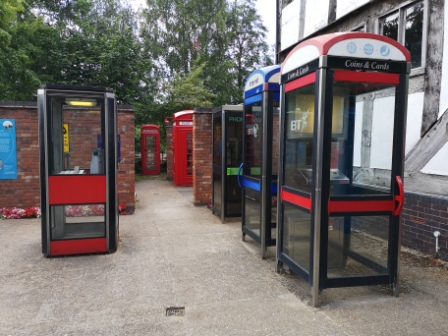
K7
Comments Off on Telephone Kiosk collection (4) – the K series
Posted in Geography
Tagged heritage and history, UK
Telephone Kiosk collection (3) – RAC
Comments Off on Telephone Kiosk collection (3) – RAC
Posted in Geography
Tagged heritage and history, UK
Telephone Kiosk collection (2) – AA sentry boxes
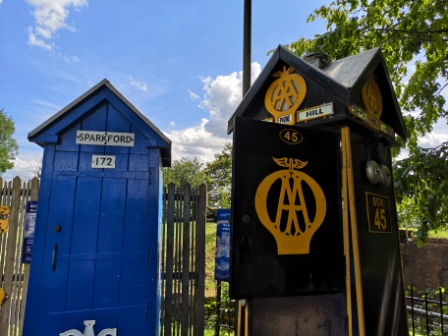
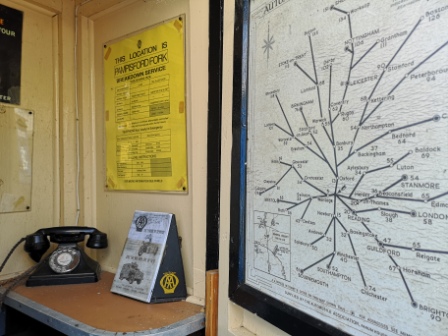
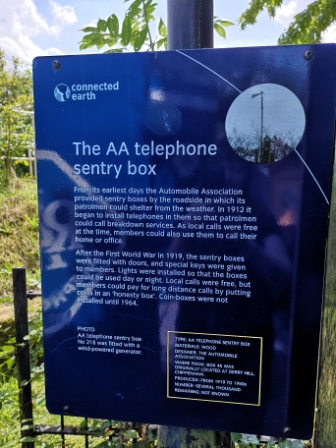

Comments Off on Telephone Kiosk collection (2) – AA sentry boxes
Posted in Geography
Tagged heritage and history, UK
Telephone Kiosk collection (1)
In August we visited the Avoncroft Museum of Historic Buildings in Worcestershire – https://avoncroft.org.uk/ . The Museum is, in itself, definitely worth a visit – especially as dogs are welcome, but I went mainly to see the National Collection of Telephone Kiosks. An unexpected nerdy and cool feature what how they’d hooked up the boxes on display to the small on-site exchange. You can makes calls between the boxes.
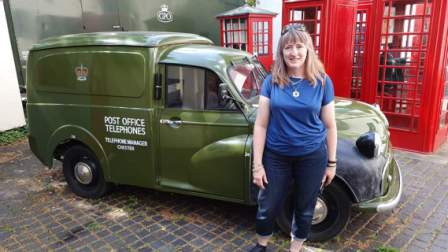
History
This isn’t new to this blog, as such, but good to see the phone box still warrants news articles. Here reproduced from yesterday’s ‘Guardian’…
Sir John Soane: how tomb for architect’s wife inspired the red telephone box
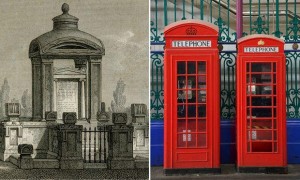
The Soane family tomb and the telephone boxes it inspired.
When Eliza Soane died 200 years ago, it changed the life of her architect husband Sir John Soane – and it changed the British streetscape through the strange afterlife of the tomb he designed for her, which inspired the design of the iconic red telephone box.
Soane never got over his wife’s death on 22 November 1815 although he lived until 1837. He was one of the most renowned architects of his day – creator of monumental public buildings including the Bank of England, churches, and country houses, as well as an avid collector of fragments of older buildings including Old St Paul’s cathedral. He blamed her death on the shock of discovering that their son George was the author of some malevolent anonymous reviews of his work.
Her tomb, which became the family vault, was raised over her grave in Old St Pancras churchyard in 1816, and inspired the Giles Gilbert Scott telephone kiosk. Scott knew the tomb well as a trustee of the Sir John Soane’s Museum for 35 years, and his 1920s creation is now an endlessly imitated landmark in British design.
Staff of the museum in Lincoln’s Inn Fields in London, the family’s home and his workshop, have commissioned a specially designed wreath to lay on her grave in Old St Pancras churchyard.
Helen Dorey, acting museum director, said: “I regard this primarily as a private pilgrimage which we are doing because it is the right thing to do to honour our founder and his family.”
The ceremony was organised for 23 November, which dawned sunny and frosty in the first cold snap of winter.
“The last time we laid a wreath on the Soane tomb was in January 1987 to mark the 150th anniversary of Soane’s death – there was snow on the ground,” Dorey recalled.
The Soane family home – with features including a shadowy cell for an imaginary monk, a gigantic Egyptian sarcophagus and a towering monument to their pet dog, but also Eliza’s cosy dining room and parlour – has been open as a museum since her husband’s day. It is still full of memories of Eliza, who was a passionate art collector and added paintings by JMW Turner and William Hogarth, which are still among the gems of the collection.
She was buried on 1 December 1815, and Soane recorded in his diary: “Melancholy day indeed! The burial of all that is dear to me in this world and all I wished to live for.”
Soane never forgave his son for Eliza’s death. He framed the fatal reviews in black, and hung them on the wall, headed “Death Blows given by George Soane.”
There are several images of the tomb in the current exhibition at the museum, Death and Memory, including a wildly romantic view by George Basevi, which shows it as a gigantic structure set in a forested gorge, not a crowded London churchyard.
George Basevi’s painting of Eliza Soane’s tomb. Photograph: Hugh Kelly/Sir John Soane’s Museum
Eltham Palace
The phone box inside the fabulous Eltham Palace, London.

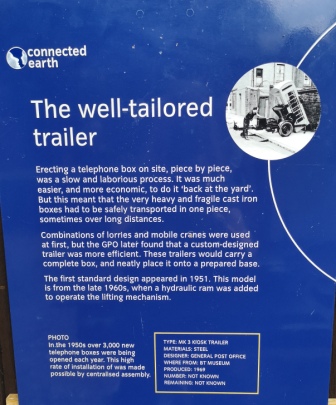
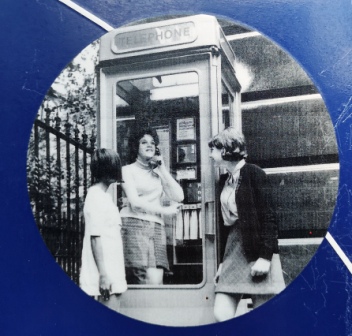
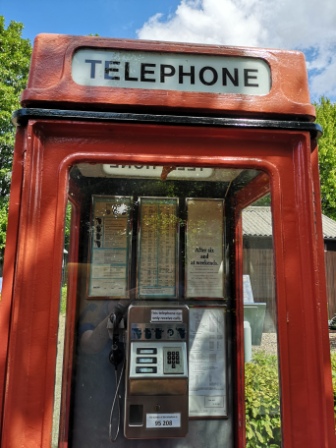
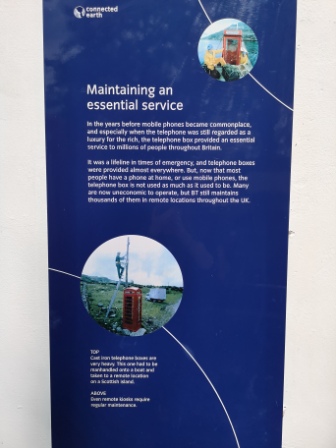
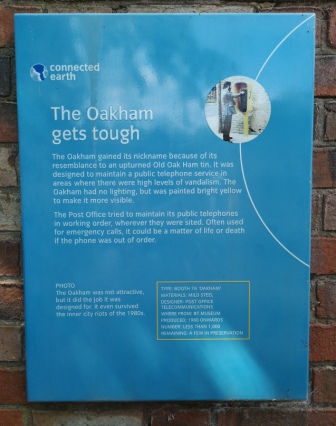
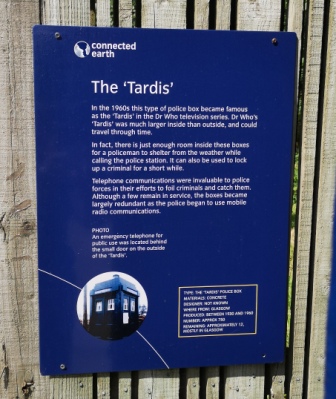
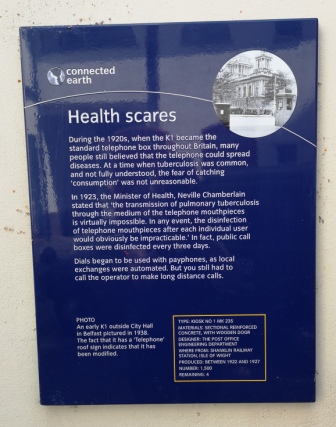
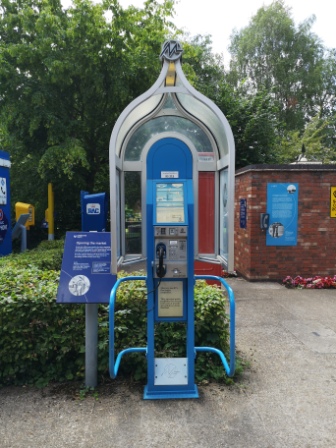
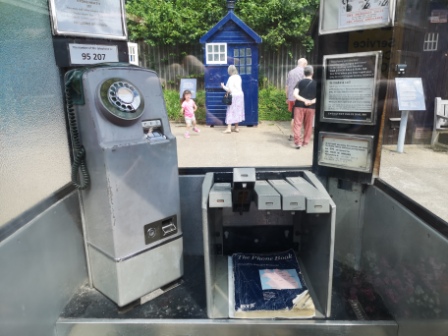
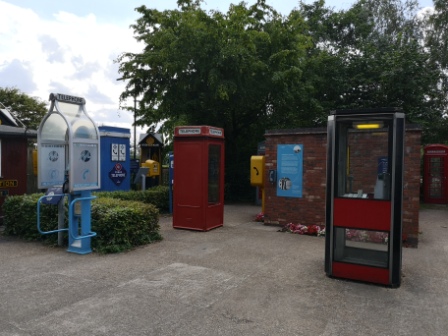
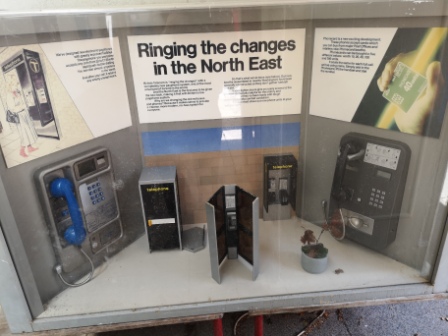
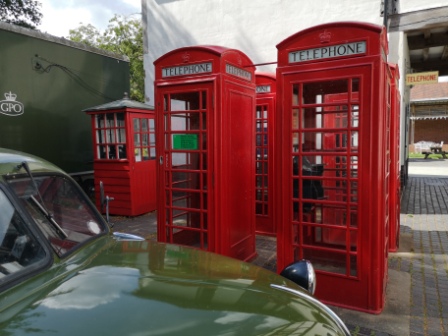
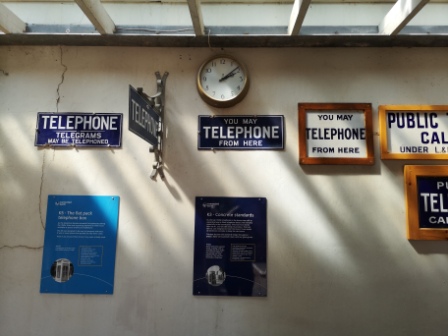
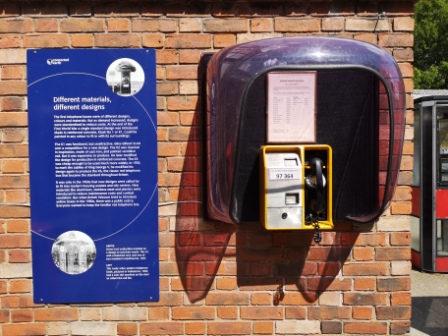
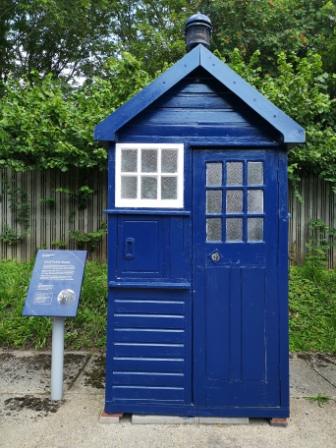
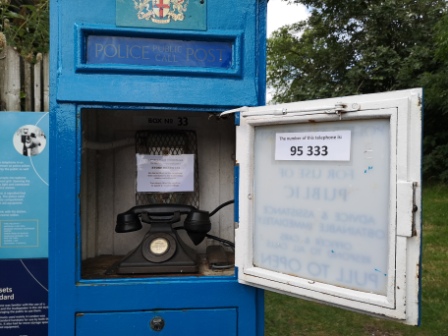
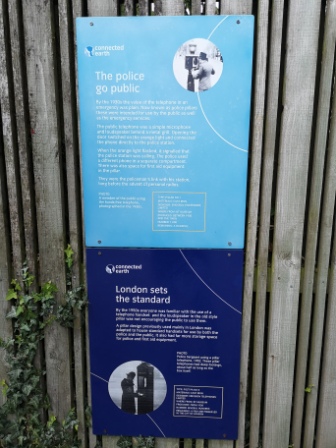
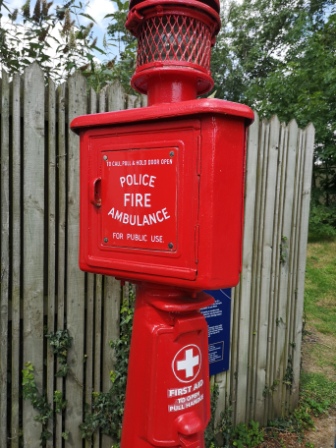
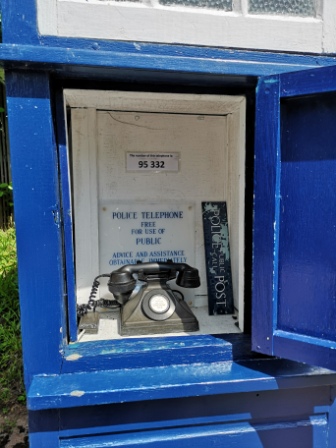

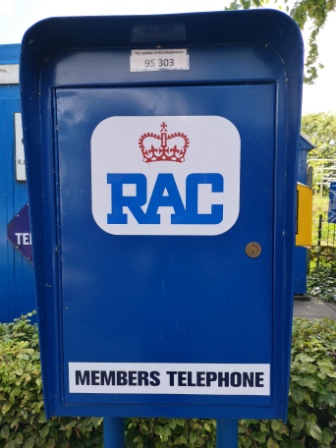
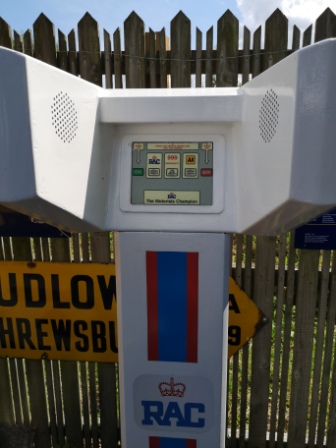
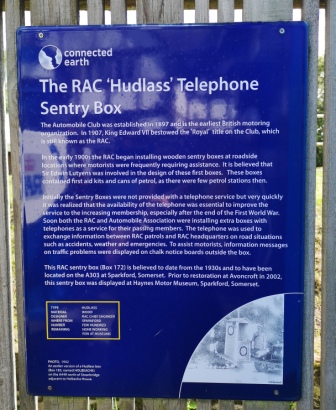
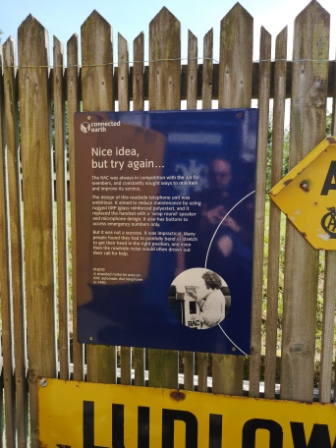
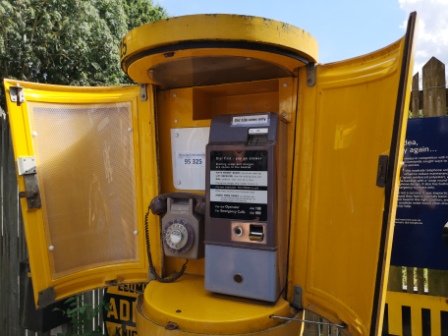
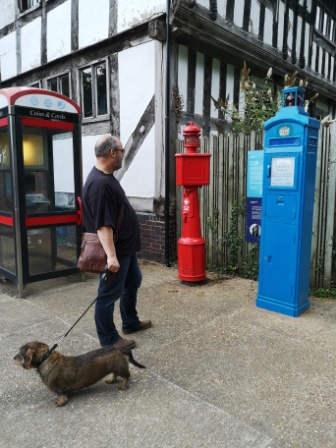
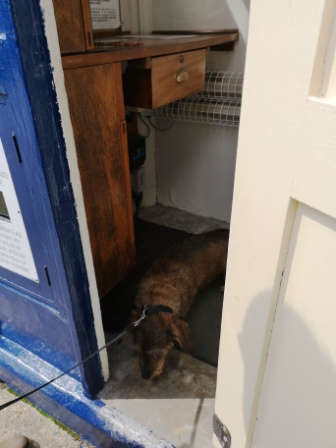
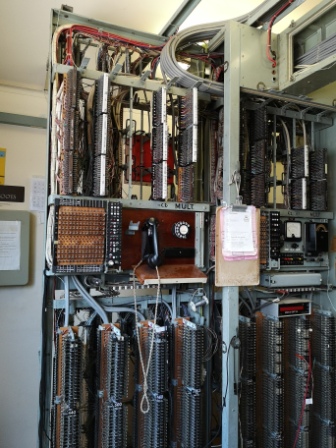
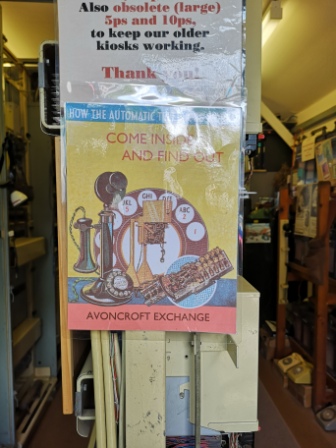
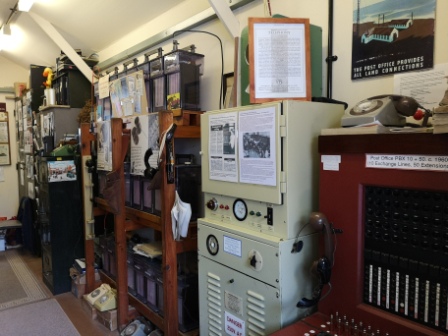

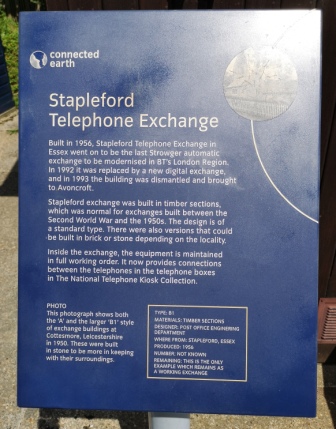
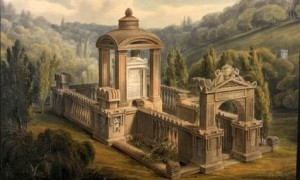
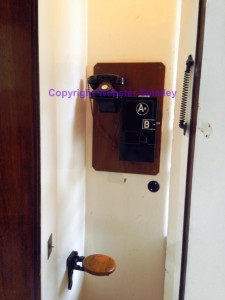
Remember where it started
I visited the Sir John Soane’s Museum in London recently and was reminded of why this blog exists in the first place:
This is a wonderful museum and I can’t believe I have lived in London for almost 20 years and never visited before!
Comments Off on Remember where it started
Posted in Comment
Tagged heritage and history, UK